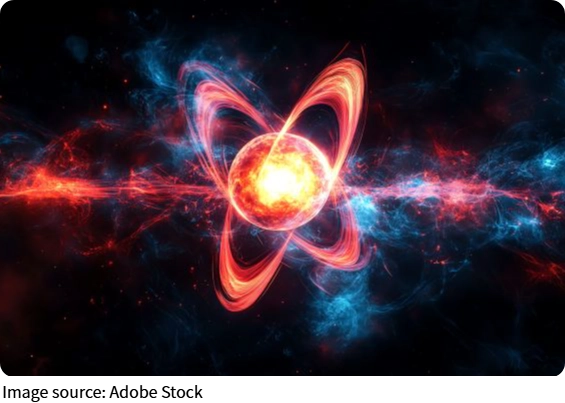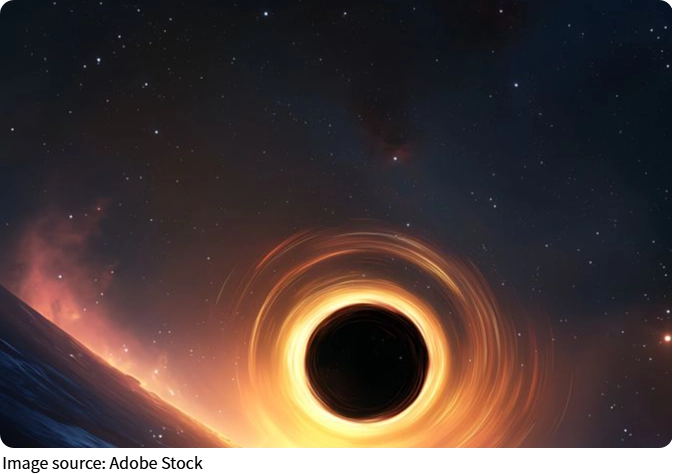Gravitational Waves

On February 11, 2016, scientists made an extraordinary announcement: humans have successfully detected gravitational waves for the first time.
These waves, predicted over 100 years ago by Albert Einstein's theory of general relativity, are ripples in space-time that travel at the speed of light. Think of them as the waves created when a stone is dropped into a pond. Gravitational waves are considered the "ripples" of space-time in the universe.
This is a monumental moment in the history of physics. The discovery marks a huge milestone in the ongoing search for the mysterious and invisible forces of the universe. The waves detected were generated by two black holes merging 1.3 billion light-years away from Earth. Their masses were equivalent to 29 and 36 times that of the sun, and when they merged, they created a new black hole with a mass equivalent to 62 suns.

What Gravitational Waves Mean for Us?
In an interview with the BBC, renowned physicist Stephen Hawking, an expert on black holes, expressed his excitement about the discovery. He called it a turning point in the history of science. Hawking explained, “Gravitational waves offer us a new way to look at the universe. Their discovery could revolutionize astronomy. It's the first direct observation of black hole mergers, which is groundbreaking.” He continued, “Beyond testing Einstein's theory, we could eventually use gravitational waves to peer back into the very early universe and perhaps uncover traces of the Big Explosion.”
Gravitational waves were detected by the Laser Interferometer Gravitational-Wave Observatory (LIGO), a groundbreaking project designed to capture these incredibly tiny ripples in space-time. The discovery was made after years of meticulous research, starting with data collected in September 2015, followed by months of validation before the announcement in February 2016.
How Did This Discovery Happen?
The two black holes that merged to produce these waves were located in a distant constellation, and their combined gravitational wave emission was incredibly powerful. Yet, even these immense forces were incredibly subtle when they arrived at Earth, so the technology developed by scientists to detect them had to be incredibly sensitive.
LIGO's detectors are twin instruments located in Washington State and Louisiana, 1,800 miles apart. These detectors work by measuring the slightest changes in space-time caused by passing gravitational waves. When a wave passes, it slightly stretches and compresses the distances between mirrors placed at both ends of LIGO's arms. This change is minuscule, but the LIGO system is designed to detect these incredibly small shifts, allowing scientists to capture the signal.
From Theories to Proof
The road to this discovery was long. As early as 1974, physicists Joseph Taylor and Russell Hulse observed a pulsar in a binary star system. They found that the orbit of the pulsar was shrinking, likely due to the emission of gravitational waves, and predicted that these waves would eventually cause the stars to merge. For their groundbreaking work, Taylor and Hulse won the Nobel Prize in Physics in 1993.
In the 1960s, Maryland University's physicist Joseph Weber built a resonant bar detector, an early attempt to measure gravitational waves. Though his experiment was groundbreaking, it faced difficulties with reproducibility, and further attempts were unsuccessful.
It wasn't until the 1990s that LIGO began to take shape, with funding from the National Science Foundation (NSF). The facility, which started construction in the late 1990s, was designed to detect gravitational waves with extreme precision. In 2002, the observatories began taking data, and in 2015, they finally detected the first gravitational wave.

How This Changes Our Understanding of the Universe?
What makes this discovery so important is that gravitational waves allow us to see the universe in a completely new way. While electromagnetic waves (like light) only allow us to observe the universe as it was 380,000 years after the Big Explosion, gravitational waves give us a direct view into the moments that followed the Big Explosion itself. This breakthrough opens up a brand-new window for understanding the deepest mysteries of the universe.
For us, this discovery is not only a triumph for the scientific community but also a peek into the future. Scientists believe that the study of gravitational waves will allow us to test theories about black holes, the Big Explosion, and even quantum mechanics. It could be a key step toward understanding how gravity works on the quantum level, completing Einstein's dream of a unified theory that combines gravity with the other three fundamental forces of nature.
The Future of Astronomy: A New Era Begins
This discovery has ushered in a new era for astronomy. It's not just about proving Einstein's theory right; it's about unlocking secrets that could change our view of the cosmos. In the years to come, we may learn even more about the universe's most powerful events, like supernovae, neutron star collisions, and the formation of black holes.
So, Lykkers, are you as excited as we are about what's next? This is just the beginning. Who knows what other mysteries of the universe we'll uncover as we continue to explore these cosmic ripples!
-
 Robotics Changing LifeUnlock the Secrets: 7 Surprising Ways Robotics Technology is Transforming Our Lives Today!
Robotics Changing LifeUnlock the Secrets: 7 Surprising Ways Robotics Technology is Transforming Our Lives Today! -
 Revolutionizing with RobotsDiscover How AI Robots Are Changing Everything from Factories to Outer Space!
Revolutionizing with RobotsDiscover How AI Robots Are Changing Everything from Factories to Outer Space! -
 Beautiful Stellar ExplosionThe Brightest Nova in 50 Years is Coming – Here’s How You Can Witness the Spectacular Explosion!
Beautiful Stellar ExplosionThe Brightest Nova in 50 Years is Coming – Here’s How You Can Witness the Spectacular Explosion!